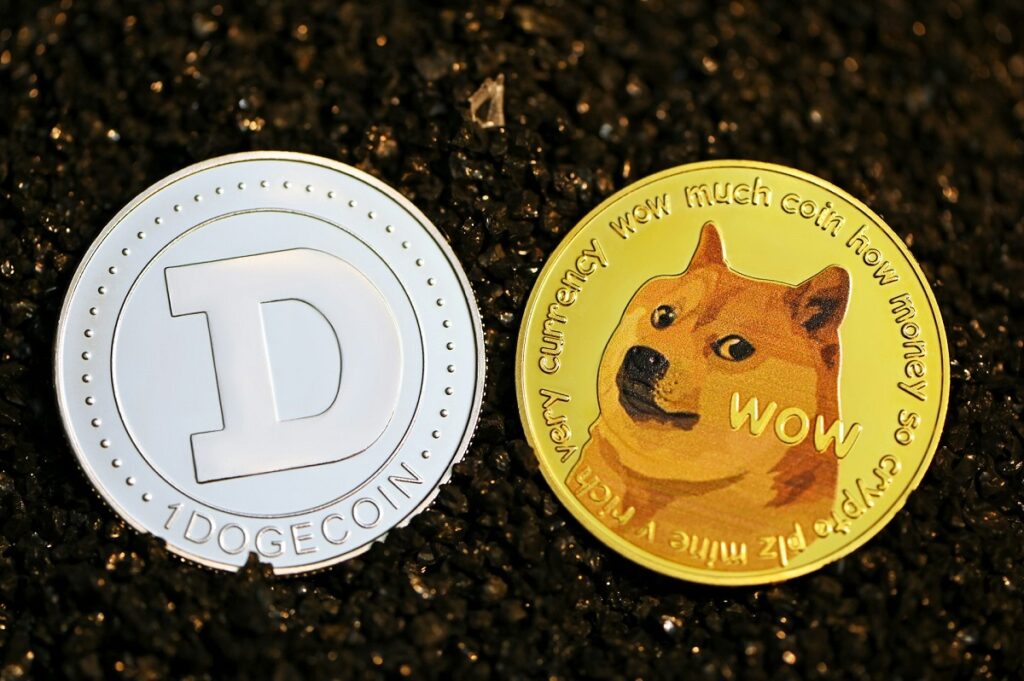- Dogecoin could potentially reach $1 by 2035, but its price mainly depends on unpredictable hype rather than real value.
- Compared to Bitcoin, Dogecoin’s unlimited supply and lack of development make it a much riskier investment.
Dogecoin (DOGE), the playful cryptocurrency born as a meme, has seen astronomical growth since its 2013 launch. But can it quadruple from $0.24 to hit the $1 mark within the next decade? While not impossible, the odds—and fundamentals—suggest caution.
Dogecoin Gains Are Possible, But Not Promised
Dogecoin’s price has surged over 143,000% in the past 10 years. From that perspective, a rise to $1 by 2035 seems modest. In traditional markets, a fourfold gain in a decade is considered reasonable. But Dogecoin doesn’t behave like traditional assets—it thrives on unpredictable hype, not fundamentals.
Hype Over Substance
Dogecoin was never built to solve a problem or introduce innovation. It was launched as a joke, and even its creators have exited the project. The coin ranks low in developer activity, signaling a lack of future upgrades or utility. What moves its price? Viral tweets, Elon Musk mentions, and online memes. That volatility is thrilling but not sustainable.
Bitcoin: The Stronger Contender
Investors looking for long-term growth may want to consider alternatives. Bitcoin, for instance, has outperformed Dogecoin over the past three years—460% versus 232%. With a capped supply of 21 million coins, Bitcoin offers scarcity and growing institutional support. Dogecoin, by contrast, creates 10,000 new tokens every minute, adding around 5 billion annually. That inflationary supply model weighs heavily on its value prospects.
Should You Bet on Dogecoin?
Reaching $1 by 2035 is possible—but possible doesn’t mean probable. Dogecoin’s reliance on viral moments rather than utility, capped by inflationary pressure and weak development, makes it a high-risk bet. For investors seeking real value and growth, more reliable options exist in both crypto and traditional markets.
DISCLAIMER:
The views and opinions expressed herein are solely those of the author and do not necessarily reflect the views of the publisher. The publisher does not endorse or guarantee the accuracy of any information presented in this article. Readers are encouraged to conduct further research and consult additional sources before making any decisions based on the content provided.

